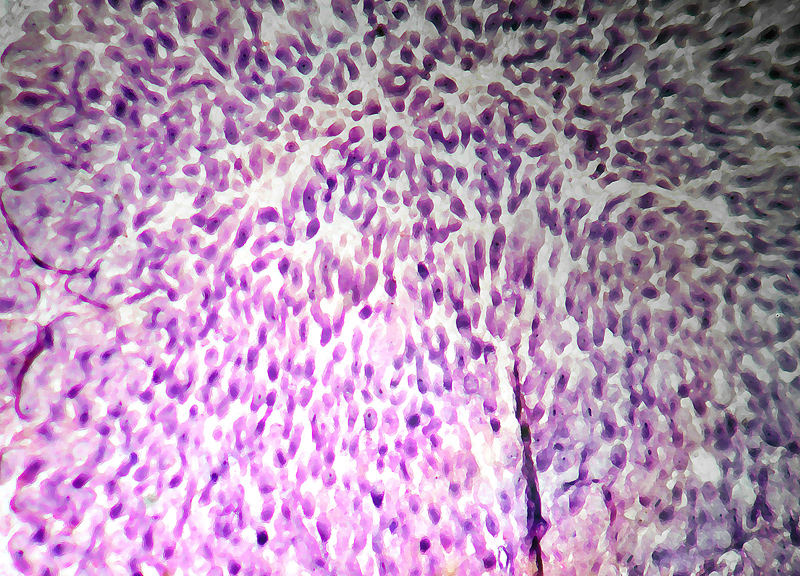
WEDNESDAY, Feb. 18, 2015 (HealthDay News) — A vision-robbing condition called diabetic macular edema can strike people with diabetes.
Now, a new study compared three leading drugs for the condition — Avastin, Eylea and Lucentis — and found that Eylea came out on top, at least for patients with “moderate” vision loss.
The study, funded by the U.S. National Eye Institute (NEI), “will have a dramatic impact on patient care,” said Dr. Mark Fromer, an ophthalmologist at Lenox Hill Hospital in New York City. He was not involved in the new research.
According to the NEI, about 750,000 Americans suffer from diabetic macular edema. The condition occurs in people with a type of diabetes-related eye disease called diabetic retinopathy.
“Diabetic macular edema is the most common reason for visual loss in the 7.7 million Americans with diabetic retinopathy,” Fromer noted.
“Macular edema occurs when abnormal blood vessels in the retina leak into the central area of the retina causing distorted vision,” he said.
According to the NEI, the disabling illness can impair vision and interfere with everyday tasks such as reading, driving and watching television.
“Currently, the mainstay of treatment consists of monthly intraocular [within the eye] injections of Avastin, Lucentis, or Eylea,” Fromer said. “Laser therapy is also used to decrease macular edema.”
The new study included 660 people, averaging 61 years of age, with diabetic macular edema. All of the patients had been diagnosed with either type 1 or type 2 diabetes for an average of 17 years.
Patients were randomly assigned to take one of the three drugs and had their vision assessed a year later. Among patients whose vision was 20/50 or worse at the start of the trial, those who took Eylea had greater vision improvement than those who took Avastin or Lucentis, the study found.
However, the researchers stressed that all three drugs offered similar vision improvement in patients whose vision at the start of the study was rated as anywhere from 20/40 to 20/32. The three drugs were also similar in terms of safety.
“This comparative effectiveness study will help doctors and patients make informed decisions when choosing treatments for diabetic macular edema,” NEI director Dr. Paul Sieving said in an agency news release.
According to Fromer, all of the drugs decreased the need for laser therapy, “with Eylea requiring the least laser therapy.”
Dr. Ronald Gentile is professor of ophthalmology at the New York Ear and Eye Infirmary of Mount Sinai, in New York City, and was an investigator on the trial. He said that “the importance of this study can’t be overstated. These one-year results highlight the fact that all the drugs studied — Eylea, Avastin and Lucentis — are potentially effective [treatment] options.”
So, Gentile suggested, “these results will help doctors and patients make informed decisions when choosing treatments.”
But Fromer added that the findings have financial implications, too, especially since Eylea costs so much more than the other two medicines.
“Eylea costs about $1,900 per injection, Lucentis about $1,200, and Avastin costs about $70 for each monthly treatment for diabetic macular edema,” he explained. Currently, “Avastin is used worldwide much more readily than the other drugs because of cost, and in most cases Avastin will accomplish the same goal.”
Insurance coverage issues will also be key, Fromer said. “If a patient has a problem, the insurance companies have to be notified for a pre-authorization to obtain the drugs,” Fromer explained. “This causes a significant delay in treatment and they do not always allow the doctor to use the drug of his/her choice.”
The study was published online Feb. 18 in the New England Journal of Medicine.
More information
The U.S. National Eye Institute has more about diabetic eye diseases.
Copyright © 2025 HealthDay. All rights reserved.

